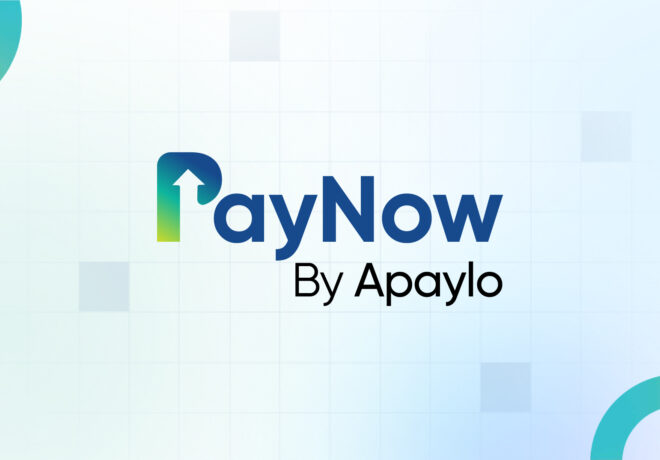Open Banking; The Definitive Next Step in Financial Data Sharing
The CEOs and CTOs of many financial institutions have made inaccurate, even downright preposterous statements about Open Banking, and it’s become increasingly clear that few people truly understand it. What is even more alarming is that the same applies to the very governmental bodies that regulate it; policies may come to be that stifle rather than healthily administer. So, what is Open Banking, and why is it key to a healthy economic future?
Defining Open Banking
Depending on the continent, even the country, what defines Open Banking will differ. In purest terms though, Open Banking grants consumers control over their financial data, particularly who can access it. Think of it this way: Open Banking allows data sharing as permitted by the individual user. You can see how important it is that government regulation is fair on this! Through data connectivity (secure, digitized channels) I could share the relevant banking information instantly to say, a broker when I am filling in a mortgage application. In regards to investment opportunities in general, there’s no need to manually review investment statements and trading activity to ensure compliance. Data connectivity allows people to instantly share their relevant investment data. The information can also be easily translated into a clear, visual dashboard, with which compliance teams can effectively disclose post-trading activities.
Implementing An Open Solution
As fintech solutions like Apaylo are continuing to rise, having access to consumer data allowed operations to perpetually optimize. The main reason that financial services across the globe should adopt Open Banking is how it helps digitize and streamline processes that were previously manual. In the case of Apaylo, we help to digitize the payments space for small and medium-sized enterprises. Enabling companies’ access to bank payments rails, payment verification, payment reporting, and even settlement information all within a simple merchant “payment hub”, completely removes the hassle of manual payment processes and time-consuming bank visits.
How Does It Help Retail Businesses?
Another such case is the retail world; businesses are stepping away from the laborious process of manual compilation and verification of pay stubs, bank statements, and other documents in favor of Open Banking’s data connectivity. Through this end-to-end, digitized process, owners and lenders alike can access, process, and verify information in a much more streamlined fashion than before. Room for error also diminishes with Open Banking; by assessing bank account details and transactions, customer activities can be easily moderated by financial service providers, limiting fraudulent potential.
How Does It Help Digital Marketing?
From a marketing perspective, another significant reason to adopt Open Banking is that the data can help with catering to customers and providing unique experiences. The information pulled from any given consumer’s financial data can shed light on many attributes; income level, spending habits, frugality, geography, and even times of the day, all in one location. Such marketing data can and has been used to customize banking apps and other products for individual consumers. On a more altruistic level, it also allows financial services to be readily catered to in populations previously neglected. Additionally, when money transfers are traditionally done, there are potential NSF fees if the financial account lacks sufficient funds. Not the case with open banking; service providers can conduct real-time verifications of a customer’s account balance, and thus the latter can avoid financial penalties more often. With no tangible papers to file, the workload lessens on the administrative side. Thus, FI employees are empowered to onboard customers fast and more effectively, and it also leads to decreased drop-off rates. Who doesn’t want to do less paperwork?!
Governing and Security
So where do government actions come into play? Is there a negative with Open Banking? Safety, soundness, and security; are all traits of transactions and auxiliary functions which act as hallmarks for regulators to espouse. In short; governments have justification to be watchful, but within reason. If governing bodies concentrate on too much rigid bureaucracy, then the service as a whole won’t be able to blossom. To prevent government interference, and for individuals and companies’ own protection against worms and other malware, they have to employ strong security software. Thankfully this is common sense, and already we see significant adoption across the industry.
The Global Rise of Open Banking
It wouldn’t be ignorant to wager that with COVID as the catalyst for business digitization, millions around the world are using Open Banking already; all the more reason you should too! Given we’re a Canadian company, let’s look at some Canadian data, as provided by Mastercard. In their report it was found that 19 out of 20 people in Canada use online and cellphone apps to manage their money, most often for paying bills (HIGHLY convenient) and for banking in general. These examples of Open Banking showcase how such novel technology was readily adopted by the grand majority of the populace. In a country where a flight from coast to coast costs as much as a trip to Europe, the secure digitization of such services saves millions of dollars in the long run for Canadian businesses. The sooner all parties understand the value of Open Banking, the more accurate the regulations will be, and the sooner businesses small and large can benefit from its inclusion.
Video: Abraham Tachjian, open banking lead with the Department of Finance Canada, joins BNN Bloomberg to explain what open banking is, and how it can improve the banking experience for Canadian consumers.
Are you interested in Open Banking support for your business? Contact us today!






